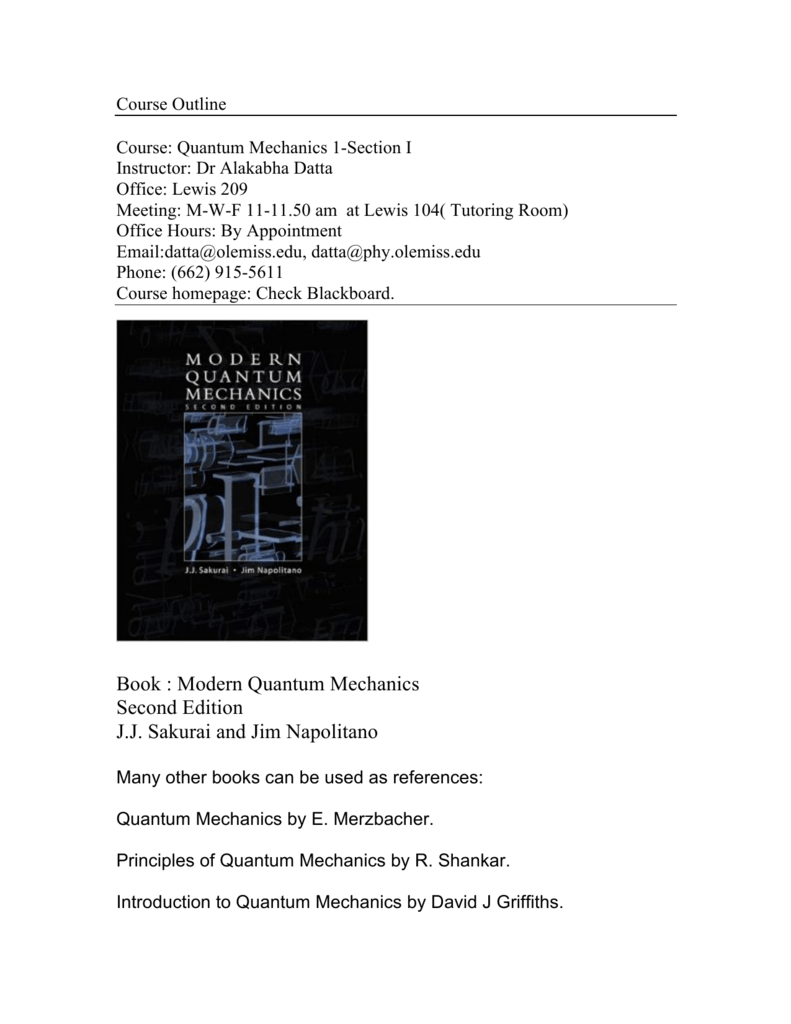


The effect of the end group, molecular weight and size for the solubility of the compounds were discussed.

And then the solubility of compounds 1– 4 were investigated and compared in supercritical carbon dioxide (scCO 2) at a temperature range of 313–363 K and in the pressure range of 9.2–25.7 MPa. A comparison with experimental data from single droplet drying experiments carried out at defined relative vapour saturation and temperature shows that the model can be used to predict shell formation (as well as other properties) for the systems studied here.Įnd groups of bis(2-hydroxyethyl)ether (compound 1) and tetraethylene glycol (compound 2) were modified with methyl malonyl chloride to produce two new compounds: malonic acid 2-ethyl ester methyl ester (compound 3) and Malonic acid 2-(2-ethoxy)-ethyl ester methyl ester (compound 4). The model is applied to (up to) ternary mixtures of solvents, polymers and solutes, and predicts properties of the drying droplet such as the time of shell formation and the size of the particle obtained after drying. The model includes heat and mass balances, non-ideal vapour-liquid equilibria, and population balances describing the evolution of particulates within the drying droplet. This work presents a mechanistic model describing the drying of single droplets. However, targeted process design is complicated by the interplay between process characteristics and the non-ideal physical properties exhibited by multicomponent mixtures, such as pharmaceutical formulations. Spray drying allows tuning the physical properties of the resulting powders widely.


 0 kommentar(er)
0 kommentar(er)
